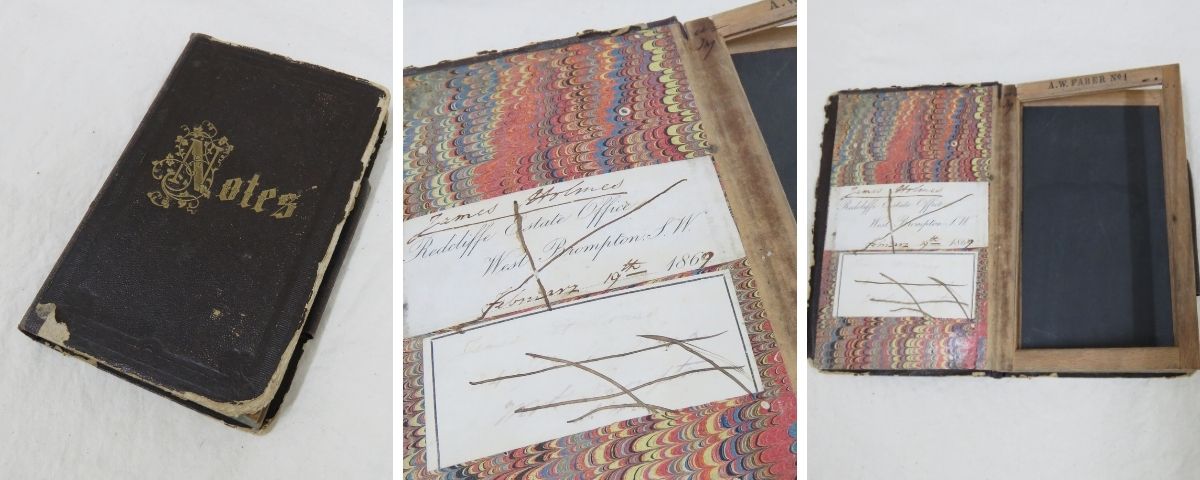Alison Sofield - Volunteer Collections, Whangarei Museum
In around 3100 BC the earliest form of writing is believed to have begun in Mesopotamia. Clay tablets were used to make wedge shaped marks using a reed scribe which had been cut to form a nib shaped edge. The clay tablets, when dried in the sun became a permanent record of events of the day. Temple slaves were the first scribes and their work is still legible today, however there were limitations to the tablets. They could not be easily transported or stored.
In 3000 BC the Egyptians began using papyrus which could be shaped when wet into a flexible paper like material that could be written on without smudging or blurring. Papyrus grew beside the Nile River and was in plentiful supply. A process where strips of the papyrus reed could be wet and pressed and when dried were hammered flat then polished smooth with a shell or piece of ivory. This meant that when the papyrus was written on it could be rolled up and transported readily.
Strips of bamboo suited the vertical writing of the Chinese and this system of recording was common around 1500 BC. From about the 5th century BC in many parts of the world many people began to carry renewable notebooks with a wax surface that could be etched on and erased by warming the wax. Scribes from all over the world began utilizing materials that were easily obtained. Buddhist monks used the smooth inner side of bark. Parchment and pergamum (a form of leather) became the standard writing surface for Medieval European scribes. The Chinese are credited with making the first paper sheets around AD 105 from rags and mulberry laurel. It took the rest of the world about one thousand years to discover the secret of Chinese paper making.
The Whangarei Museum has some good examples of early writing and recording systems. A little gem is the 150 year old slate notebook pictured here. It is a size (10 x 16 cm) just right to fit in a pocket. It is bound in a mock cloth cover and contains four slate sheets that can be wiped clean and used again. The spine holds a slot where a slate pencil can be stored. What does it remind you of? Today’s mobile phone with its stylus stored in the phone. Our slate notebook was produced by A. W. Faber, a company noted for its pencils and other writing materials. Now known as Faber Castell who is still producing these items today.
On the inside cover is printed “Radcliffe Estate Office” West Brompton, 1869. In the late 1700s West Brompton was a well-known area, near London, of fields and market gardens. So one could imagine that an estate manager perhaps carried this notebook when checking the gardens. The notebook belonged to a James Holman. The Holman family has connections to Whangarei and this notebook is part of the Holman collection held by the Museum.
If only this little notebook could speak. What adventures it could reveal about how it found its way to New Zealand.
